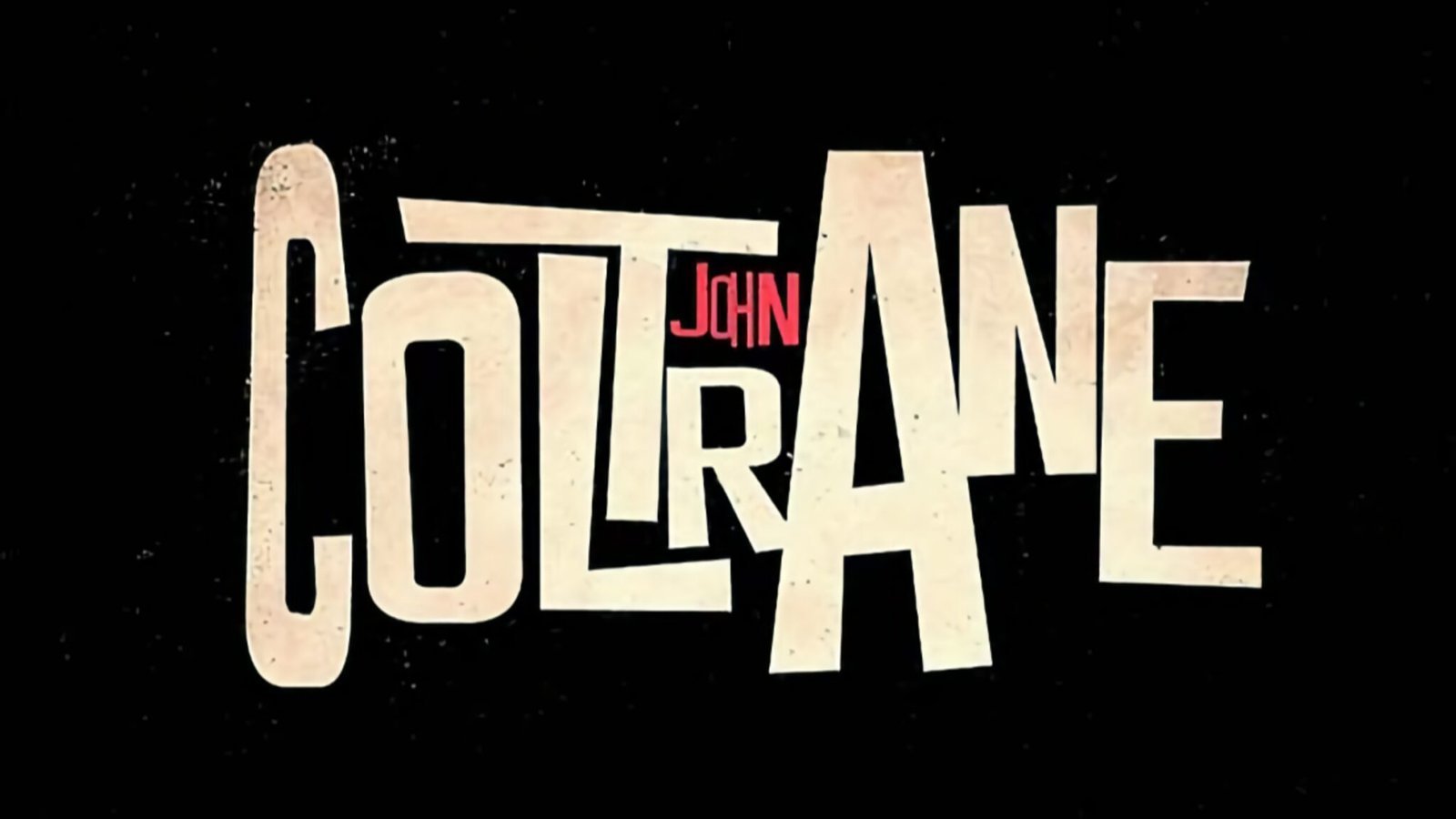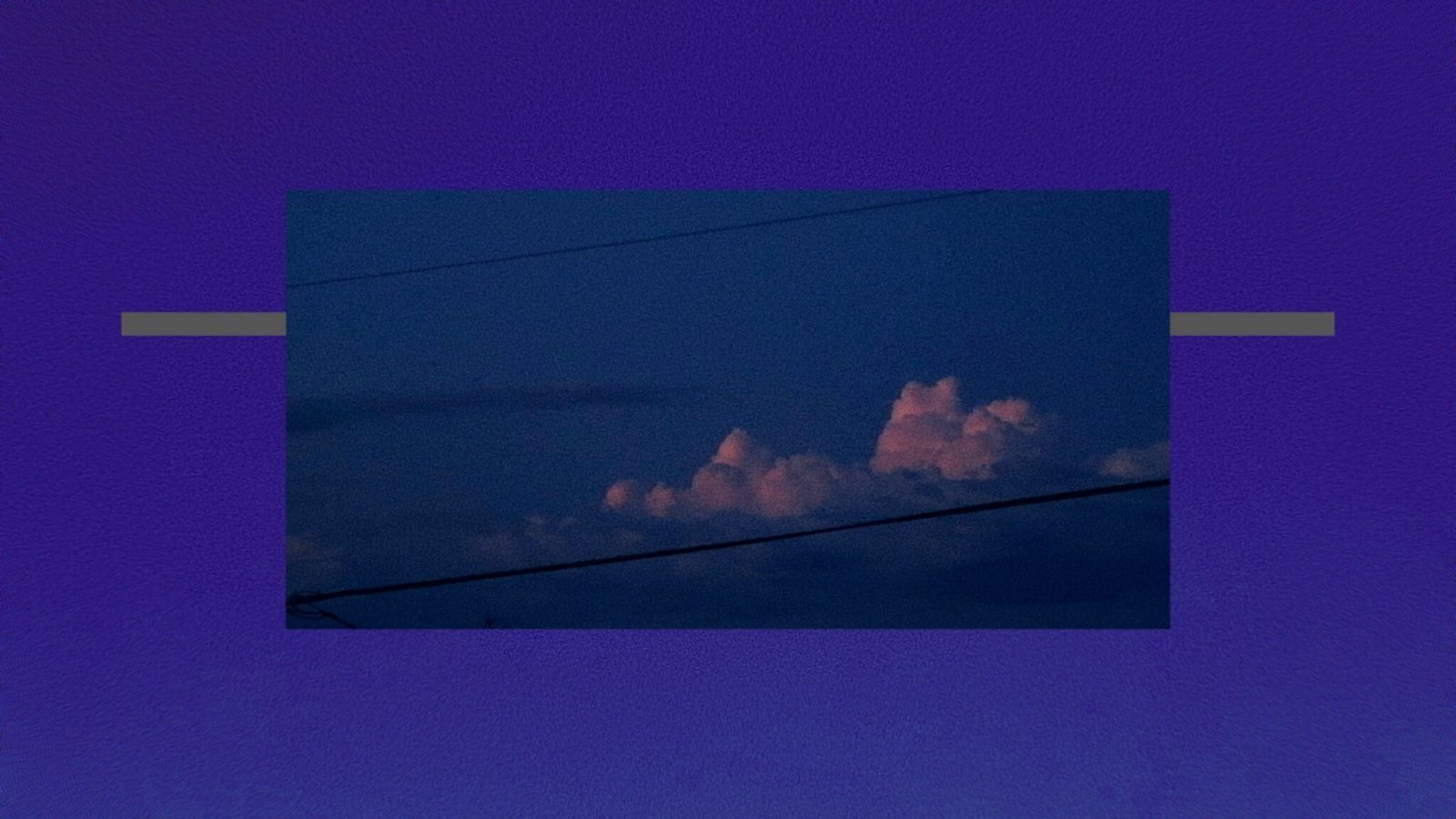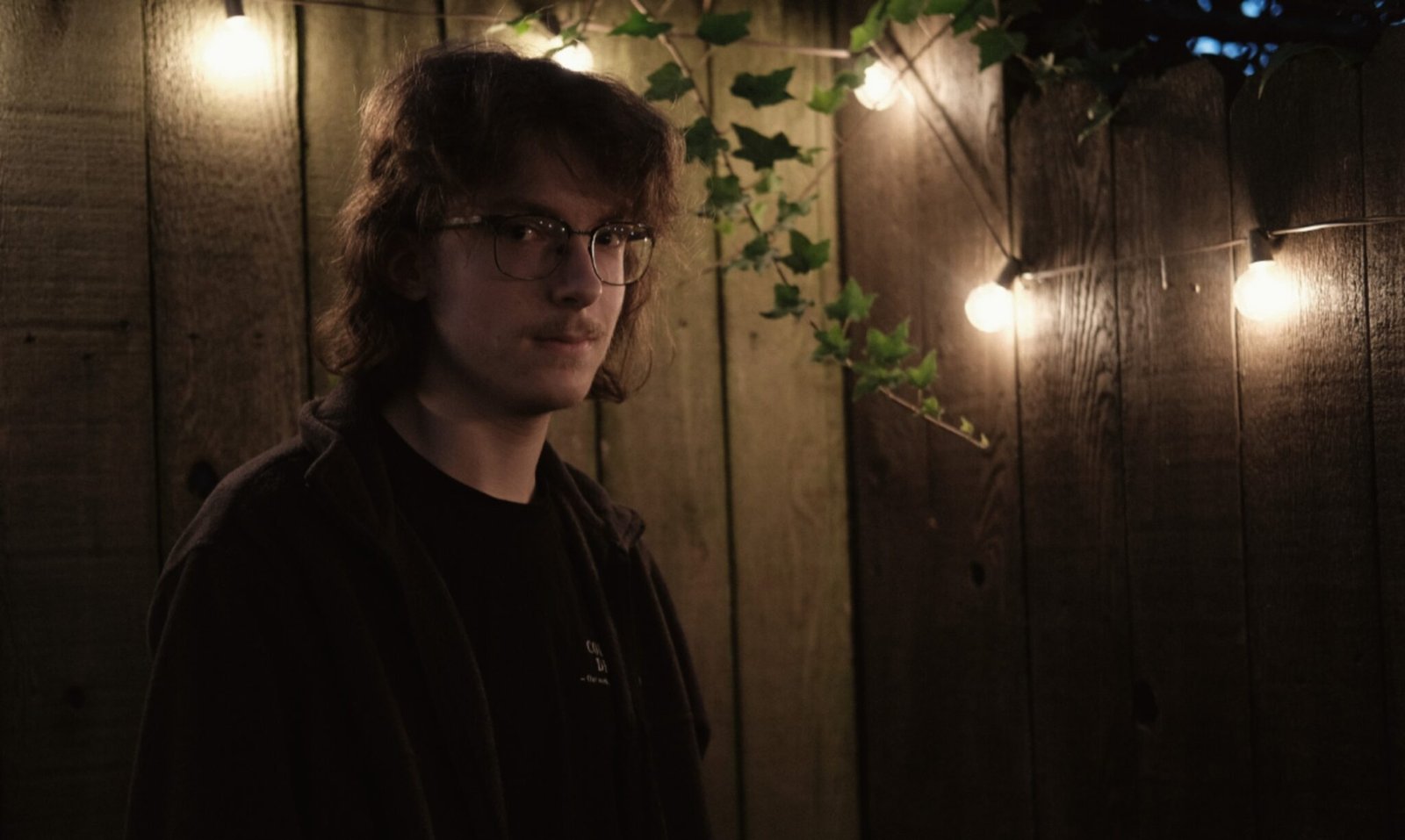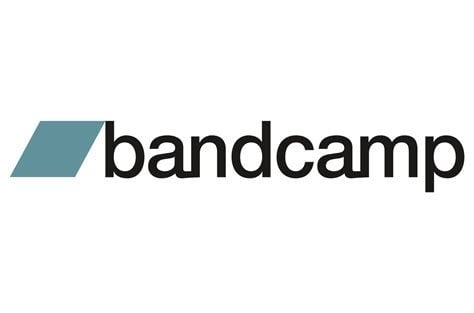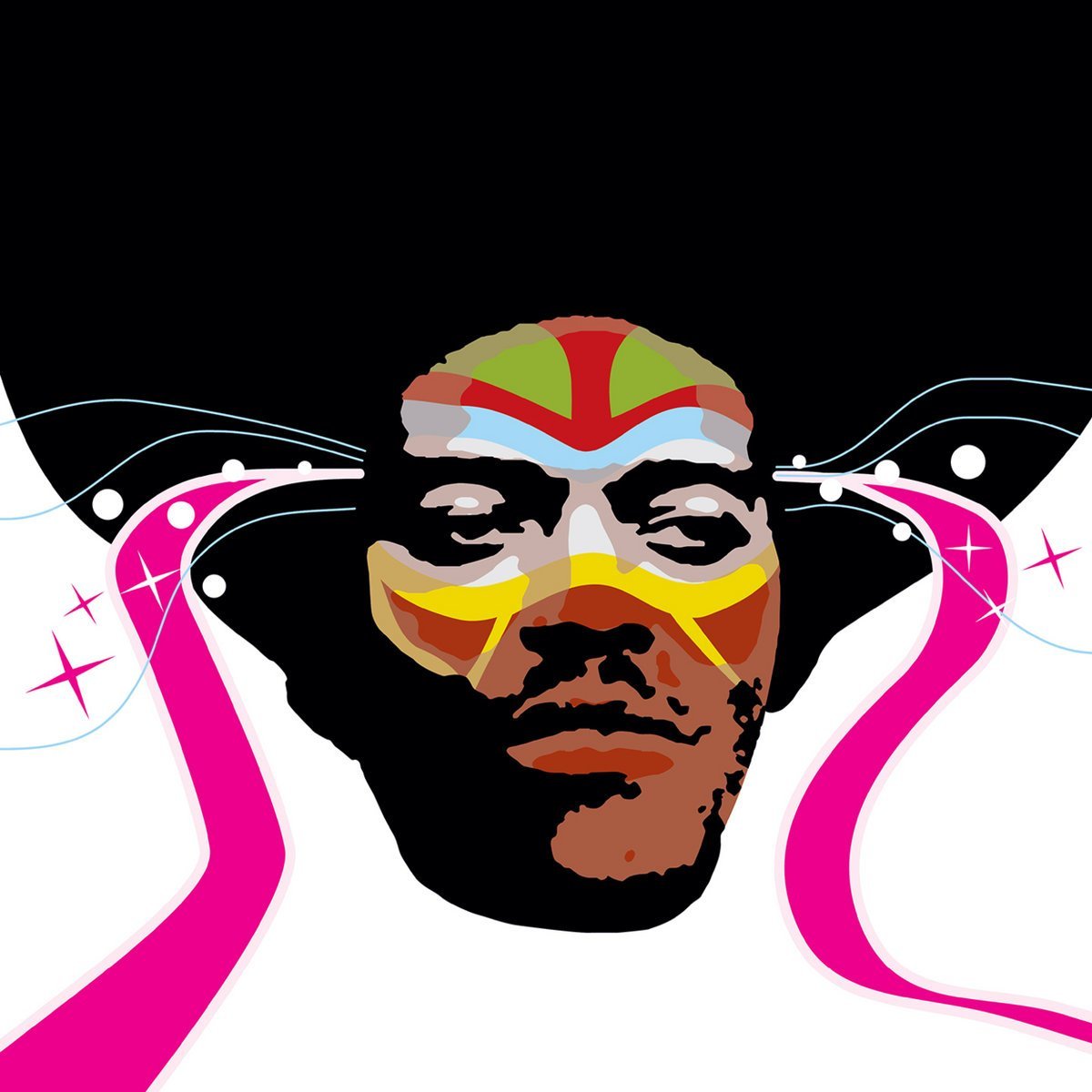Season 3 of KCRW’s Lost Notes → This week, I spent 30 minutes each morning listening to the third season of KCRW’s Lost Notes podcast series. The other two seasons are terrific, but this latest particularly grabbed me. This time, each episode focuses on a prominent event or artist from 1980. The host is poet and cultural critic Hanif Abdurraqib, approaching his subjects with an engaging language. The series suggests 1980 as a pivotal year, setting the tone for the next decade and reverberating into the present.
If you’re me, the temptation is to skip to the end and listen to the fantastic Grace Jones episode (which also throws in a short history of Chicago’s Disco Demolition, occurring the previous year). But roll through them all, in order, to get a grander picture of the influence that year had on music and culture. Stevie Wonder, Ian Curtis, John Lennon and Darby Crash (together), Minnie Ripperton, The Sugarhill Gang, Hugh Masekela and Miriam Makeba — each topic is fascinating and offers something to learn.
You can also read each episode online via KCRW’s site (click on the artist’s names above). But Hanif Abdurraqib’s personable narration, peppered with audio and musical examples, is the way to go. It’s a compelling production.
——————
Throwback on a Comeback: The Last Cassette Tape Factory → I enjoyed this mini-doc on ‘The Last Cassette Factory‘ — though I’m wondering if any tape manufacturers have popped up since the video’s release four years ago. As noted in the video, there’s a resurgence of cassette releases. This growth is partly thanks to Bandcamp and a need to give fans a limited, physical version of a release without breaking the bank for vinyl pressings. It’s an excellent idea for emerging bands to offer cassettes, especially when personalized with homespun artwork and packaging. Just don’t believe that your fans are listening to your cassettes. For one thing, as the first commenter on the video’s page notes, “The problem is I don’t see any quality cassette players being made today.” As for this video, we’ve all seen footage of the whirring machinery found in record pressing plants. It might be surprising to see that a cassette factory’s inner workings are also fascinating and highly technical.
——————
A Guide to Sun Ra on Film → A useful list of long-form Sun Ra footage found on YouTube and elsewhere. Some of this I hadn’t seen before. The Magic Sun film, intended as a projection behind the Arkestra as they performed at Carnegie Hall, is particularly wild. And I think the writer of this piece somewhat downplays Space Is The Place — it’s a great movie, low-budget or not.
As a proponent of focusing influence on one’s own ‘world,’ I like this quote from Ra in the listed French television interview: “You want a better world, put the blueprint down.”
——————
Ralph Kinsella – Lessening → My 8D Industries label released a new album today on Bandcamp. Titled Lessening, it’s the debut album from Scottish guitarist and ambient producer Ralph Kinsella. I’ve written about Ralph before — I discovered him after he reached out to this blog with his music. A few months ago, he sent the demo for this album, and I haven’t stopped listening. An antidote to lockdown — this is travel in a small room.
The last paragraph of the press release does a great job of describing Ralph’s music:
Kinsella’s guitar is the even thread, sometimes bare and then often processed, awash in texture and synthetic glares. Tracks like “In the In-Between Light” use the guitar to express enormity — of space and emotion — before the song is gently brought close by calming lines and reassuring synth patches. There’s also a soft tension in songs like “Lung Noises,” sharing the masterful slow build of the shoegaze genre’s finest practitioners. Lessening‘s closer, “Born on the Cusp,” offers a resolution — chiming guitars and reverberant tones signaling both loss and promise. This is the sound of an uncertain present feeling its way to that better world.
I hope you’ll check it out. Lessening is available now exclusively on Bandcamp and, like all 8D Industries releases, is set to ‘name your price.’
